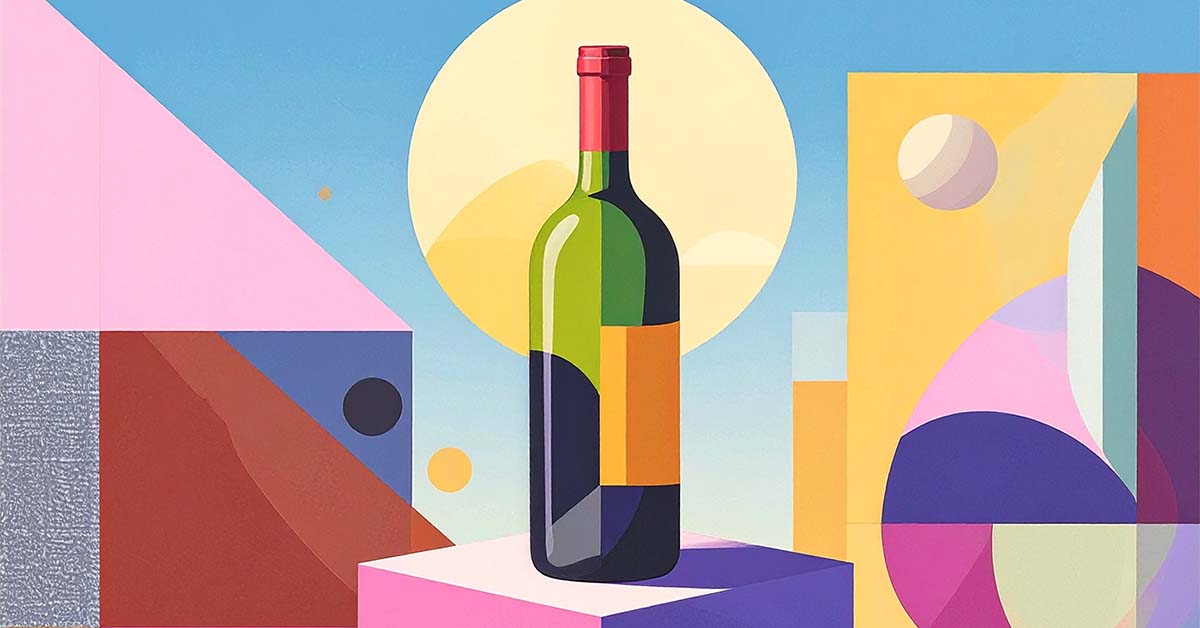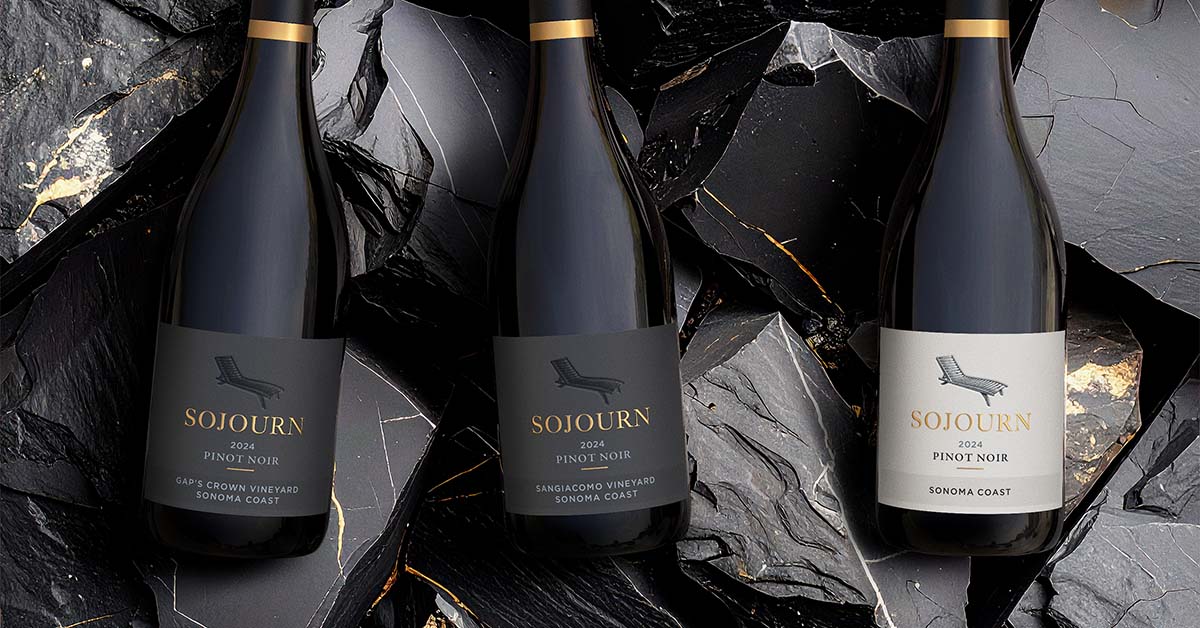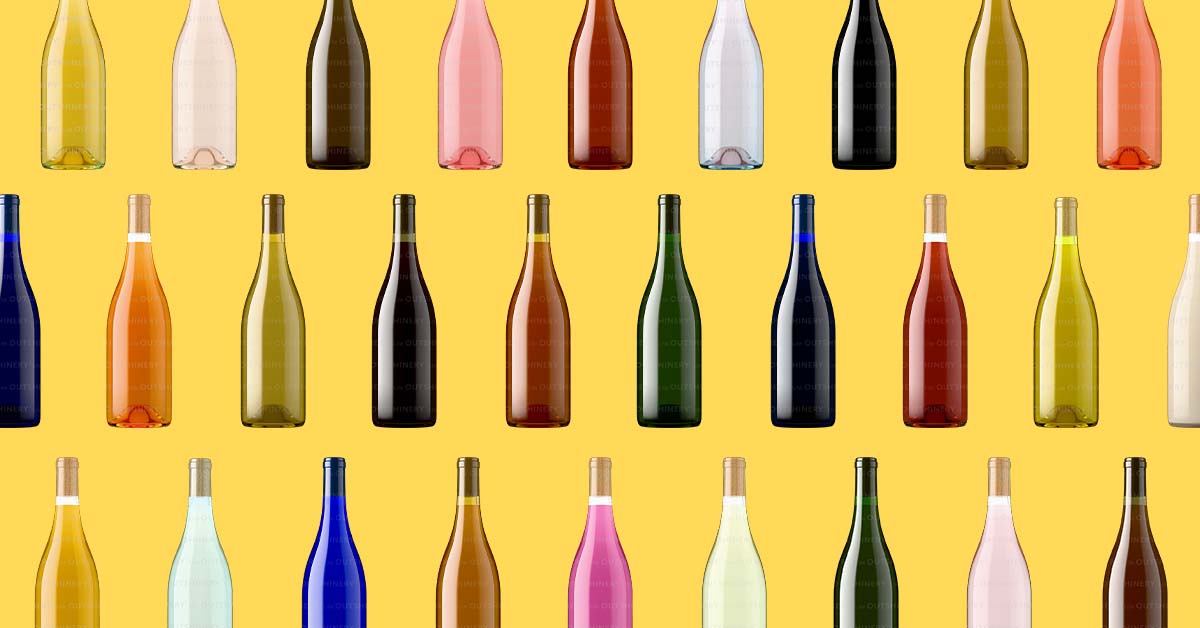Beyond the buzz: brands navigating the rise of alcohol alternatives and no-alcohol beverages
Branding strategies for meeting consumer demand for healthier, lower-calorie drink options

In today’s health-conscious and sustainable consumer landscape, the low-alcohol and non-alcoholic beverage industry, including various alcohol alternatives, is leading a transformative shift, contrasting with traditional alcoholic drink options. This evolution isn’t just about changing drinking habits but also driving packaging innovation. From sophisticated glass bottles to eco-friendly cans, packaging reflects the industry’s commitment to healthier options, offering complexity and aesthetically pleasing alcohol alternatives with a buzz that encourage slow sipping alongside alcoholic beverages.
This article explores how packaging plays a pivotal role in the growing low-alcohol and non-alcoholic beverage market, influencing consumer perception, brand identity, and market success. As we enter 2024 and beyond, this market is witnessing significant growth, driven by consumer demand for healthier alternatives consume alcohol. Functional beverages and low-calorie options are particularly in vogue, aligning with broader health and wellness trends.
Summary
- Transformative shift in beverage consumption: The low-alcohol and non-alcoholic beverage industry is at the forefront of a significant shift, driven by consumers' growing health consciousness and desire for sustainable choices.
- Market growth and trends: With an eye on 2024 and beyond, consumer demand for functional, low-calorie beverages highlights a growing market trend, fitting into broader wellness and health-conscious movements.
- Impact on consumer perception: Innovative packaging strategies are crucial in shaping consumer perceptions and solidifying brand identities within the low and no-alcohol market.
- Packaging innovation: Sophisticated glass bottles and eco-friendly cans are not just packaging choices but reflections of the industry's dedication to healthier, lower-calorie beverage options.
Key trends shaping the low alc and no alc beverage market
Continued growth of non-alcoholic alternatives
Non-alcoholic beer, wine, and spirits are expected to continue growing in popularity, with more breweries and distilleries expanding their non-alcoholic product lines to cater to health-conscious consumers, including the introduction of craft beers. These craft beers are nonalcoholic drinks that deliver on complex hoppy flavors without the buzz, appealing to those who appreciate the taste of beer without the effects of alcohol. The market for no/low alcoholic beverages is expanding rapidly, with significant investments in product innovation, taste, and distribution. Major players in the industry are actively participating in this trend, offering a wide range of options to consumers, including non alcoholic wine.

Consumer preference for functional beverages
Consumers are increasingly opting for functional beverages blended with ingredients like herbs, adaptogens, and probiotics, which appeal to health-conscious individuals seeking low sugar and natural ingredients. This trend toward functional drinks aligns with the concept of mindful drinking, where consumers choose beverages that promote health and well-being. These functional beverages include a variety of bitter drinks, catering to those who appreciate a strong, bitter flavor profile.
Millennials and Gen Z consumers are leading the shift in alcohol consumption towards no/low alcohol beverages, driven by health consciousness, moderation, and a desire for high-quality products. This demographic segment is prioritizing wellness and seeking alternatives to traditional alcoholic drinks, including more bitter drinks.

How wineries are expanding their selection with non alcoholic wine and low-calorie options
Innovative winemaking techniques
Wineries are employing strategies like early harvesting, gentle fermentation, and meticulous blending to craft wines with lower alcohol levels without compromising the distinctive traits that signify their brand.
Leveraging their expertise, these wineries manage to maintain the wine's complexity, balance, and rich flavor profile, catering to a wider range of consumers.

Preserving brand identity
Wineries with a rich history and a loyal customer base can maintain the essence of their established brands while introducing a new product category. Low alcohol wines allow for a seamless integration into the existing portfolio, catering to both traditional enthusiasts and those seeking a lighter, more moderate option. Wineries are using their expertise to create wines with reduced alcohol content while retaining the complexity, balance, and nuanced flavor profile that appeals to a broader consumer base.

How do low/no alcohol beverage brands stand out in their branding?
Design approaches for the low ABV and alcohol-free sector
Low/no alcohol brands differentiate themselves through packaging design by focusing on key elements that set them apart from alcohol free drinks already in the market. This includes the rise of non alcoholic spirits, which offer a sophisticated and enjoyable drinking experience without the alcohol. These elements include:
- Targeted branding and segmentation: Brands tailor their packaging and messaging to specific consumer segments, focusing on different demographics and consumer preferences to create a strong connection with their target audience.
- Quality ingredients and process: Emphasizing the quality ingredients and production process through packaging design helps communicate the premium nature of the product and its unique selling points.
- Innovative design and sustainability: Brands use innovative packaging solutions and sustainable materials to stand out in the market and appeal to environmentally conscious consumers. This includes using recyclable materials, returnable glass bottles, and eco-friendly packaging options.
- Functional benefits and health focus: Packaging design highlights the functional benefits and health-conscious aspects of the product, such as natural ingredients, reduced calories, and health benefits. This appeals to consumers seeking healthier drink options.
By incorporating these elements into their packaging design strategies, low/no alcohol brands can effectively differentiate themselves in a competitive market, attract consumers, and communicate their unique value proposition.
Branding plays a crucial role in conveying the brand’s identity, values, and product benefits to consumers, ultimately influencing purchasing decisions and brand perception.

Packaging options for the low-alcohol and non-alcoholic segment
Packaging for non alcoholic alternative, low-alcohol and non-alcoholic beverages encompasses a variety of materials and formats tailored to meet the specific needs of these unique products. Some common packaging options for these beverages are:
- Glass bottles: Glass bottles convey an impression of premium quality and purity, making them a preferred choice for high-end non-alcoholic drinks. They are used for both low-alcohol and alcohol-free versions, available in numerous sizes like 750ml, 500ml, and 375ml, to suit different consumption occasions.
- PET bottles: PET bottles offer advantages such as being lightweight, durable, and convenient, making them suitable for non-alcoholic beverages intended for on-the-go consumption. These bottles can be designed for single-use or made thicker for multiple uses, catering to both convenience and sustainability.
- Cans: The popularity of cans has also extended into the non-alcoholic beverage sector, favored for their ease of transport, coolness factor, and flexibility in design. Cans allow brands to experiment with innovative and eye-catching designs, appealing to a younger demographic and contributing significantly to market growth. In the realm of low-alcohol and non-alcoholic drinks, cans have facilitated the exploration of new market niches and consumer experiences, including the use of soda water and tonic water as mixers. These mixers can be combined with non-alcoholic beverages to create drinks that are more light, refreshing, and flavorful, enhancing the overall drinking experience.
The selection of packaging for low-alcohol and non-alcoholic beverages plays a crucial role in shaping their market appeal and how consumers perceive them. It highlights the drinks' adaptability, attracting a wide range of health-conscious consumers and mirroring the vitality of the low-alc and no-alc trend. Strategic packaging decisions, focusing on design, functionality, and sustainability, are key to fostering growth in this ever-competitive market.

Conclusion and future outlook of the low-alc and no-alc segment
In conclusion, the evolution of packaging and branding within the low-alcohol and non-alcoholic beverage industry mirrors the sector’s adaptation to growing consumer demand for health-focused, sophisticated drink options, including the ability to now drink alcohol neat. This shift reflects a growing preference for an alcohol free lifestyle, where consumers seek to enjoy social occasions without the negative effects of alcohol. The advancement of cans and the rise of designs that appeal across genders and lifestyles are noteworthy trends, with the market for non-alcoholic and low-alcohol beverages expected to reach significant growth by 2032.
To succeed, brands must prioritize innovation in branding, a diverse range of flavors including tart fruit juice and ginger beer, and an emphasis on health benefits, adapting to the changing tastes and preferences of consumers.
Moreover, the alcohol content in these beverages is so minimal that, when consumed in the recommended serving, it contains no more alcohol than a glass of orange juice, highlighting their suitability for consumers seeking healthier alternatives.
Frequently Asked Questions (FAQ)
What sets low-alc and no-alc beverage packaging apart from traditional alcoholic drinks?
The packaging of low-alc and no-alc beverages often reflects their health-centric appeal and creative production processes. Innovative designs, tactile sensations, and unique shapes are employed to tell the story of the brand, transforming each container into a symbol of the drink’s quality and the lifestyle it represents.
How significant is sustainability in low-alc and no-alc beverage packaging?
Sustainability is a critical consideration in low-alc and no-alc beverage packaging designs. Progressive brands are moving towards eco-friendly materials and practices, recognizing that today’s consumers prioritize environmental stewardship. This shift towards sustainability not only broadens consumer appeal but also supports global sustainability initiatives.
Can packaging affect the perceived taste of low-alc and no-alc beverages?
Indeed. While the physical taste remains unchanged, the packaging substantially affects the consumer's perception and experience of the beverage. High-quality, well-designed packaging can elevate expectation and enjoyment, enhancing the perceived value and uniqueness of the drink.

What are the current trends in low-alc and no-alc beverage packaging design?
Emerging trends include bold, narrative-driven designs, interactive features like QR codes for augmented reality experiences, and a heightened focus on eco-friendliness. These trends reflect a broader movement towards packaging that engages consumers on several levels, providing not just a product but an experience.
How do low-alc and no-alc beverage brands balance traditional and innovative packaging?
Brands successfully blend heritage with innovation by incorporating classic design elements alongside contemporary features or technologies. This approach helps to attract traditionalists and modern consumers alike, achieving a crucial balance that highlights creativity while honoring the legacy.
Optimal strategies for photographing low-alc and no-alc beverages?
Photographing these beverages to capture their essence involves keen attention to detail and mastery of lighting, with a focus on illustrating the beverage’s clarity, color, and unique packaging design.
Outshinery leads in generating impeccable, digital imagery for low-alc and no-alc brands, offering custom visuals that tell a compelling story through advanced digital techniques. This modern approach circumvents the challenges of traditional photography, enabling boundless creativity and aligning with strategic promotional endeavors. Outshinery's visuals captivate potential customers, showcasing the exquisite appeal and distinctiveness of these healthier beverage alternatives.










































